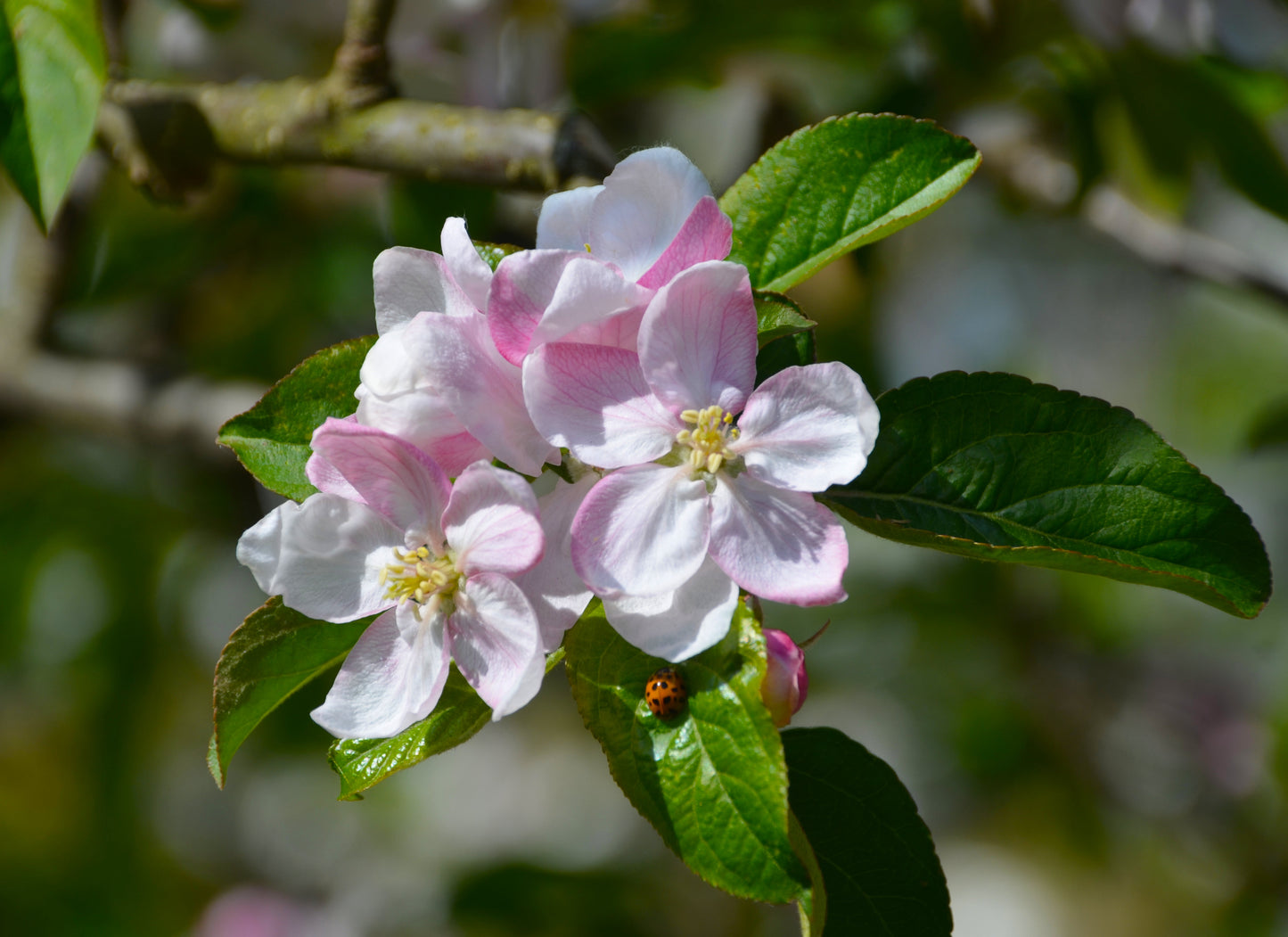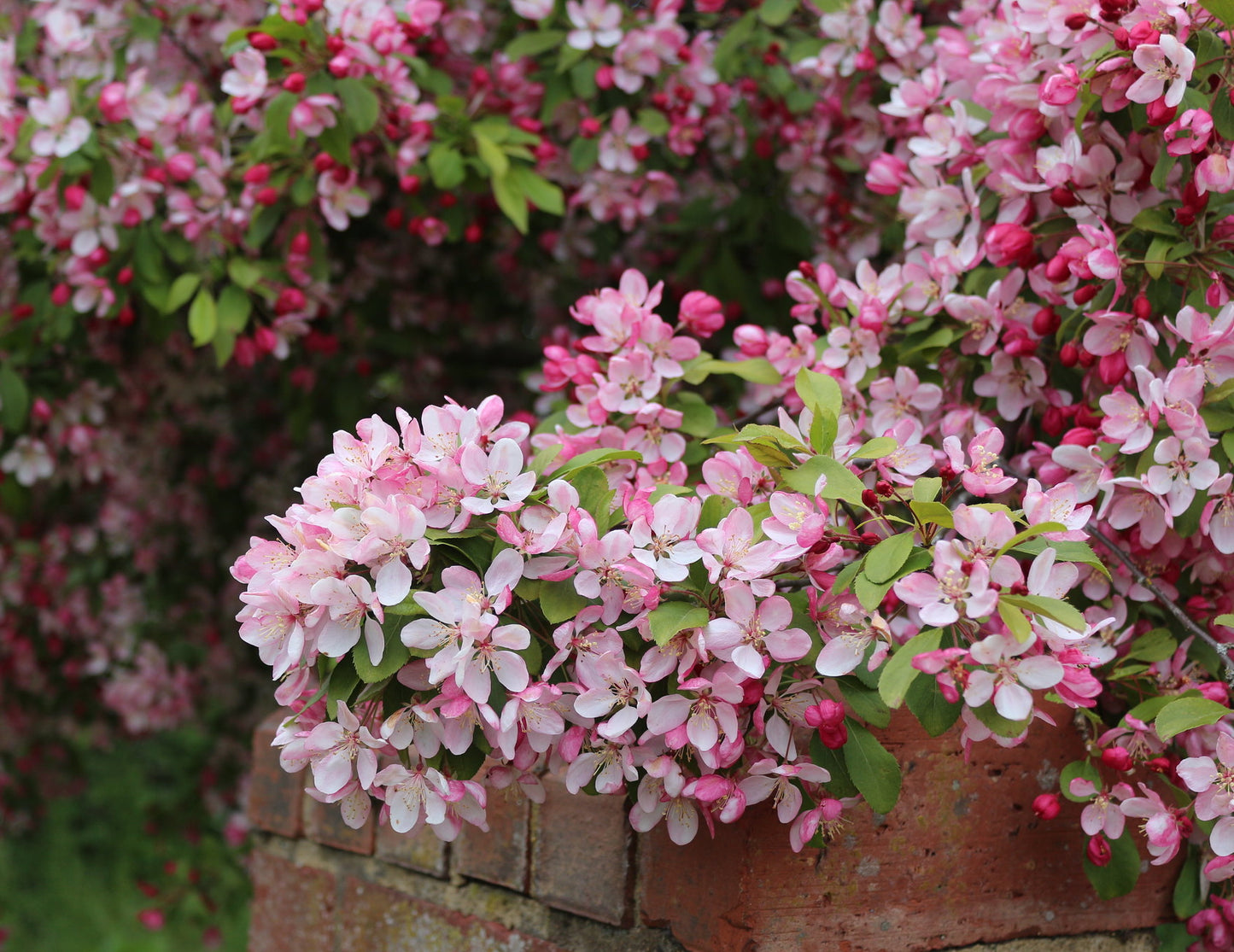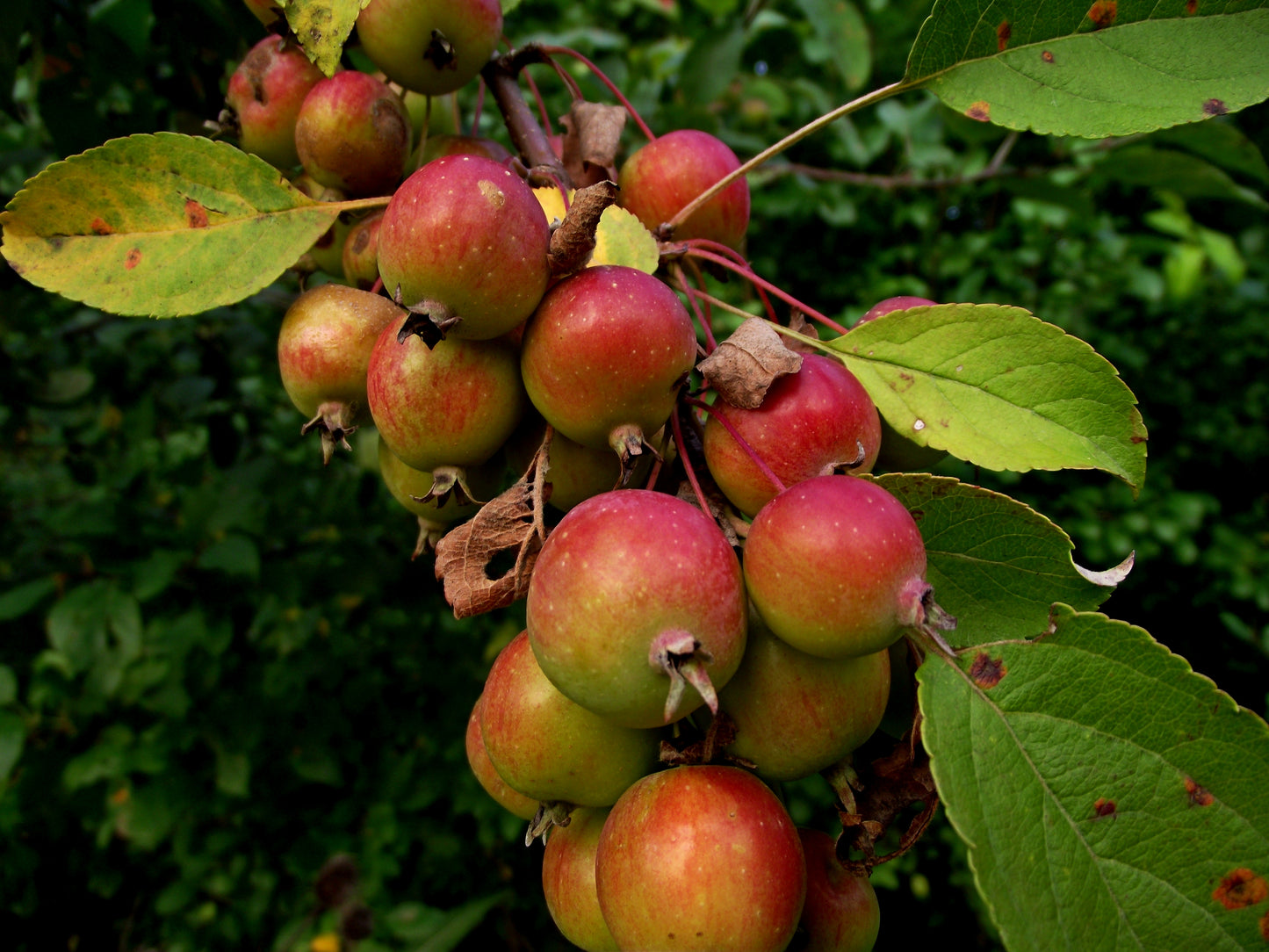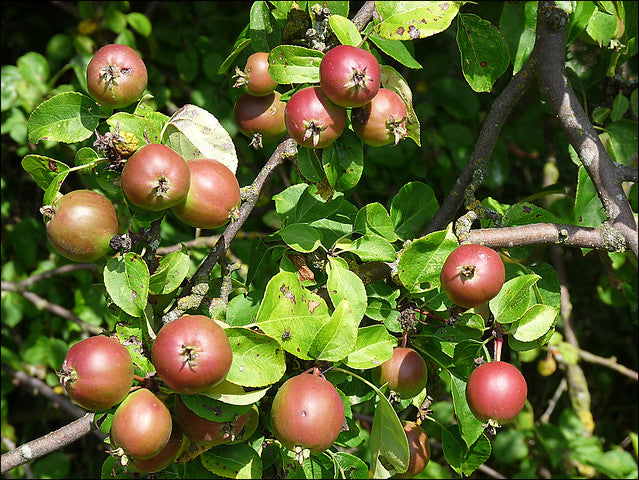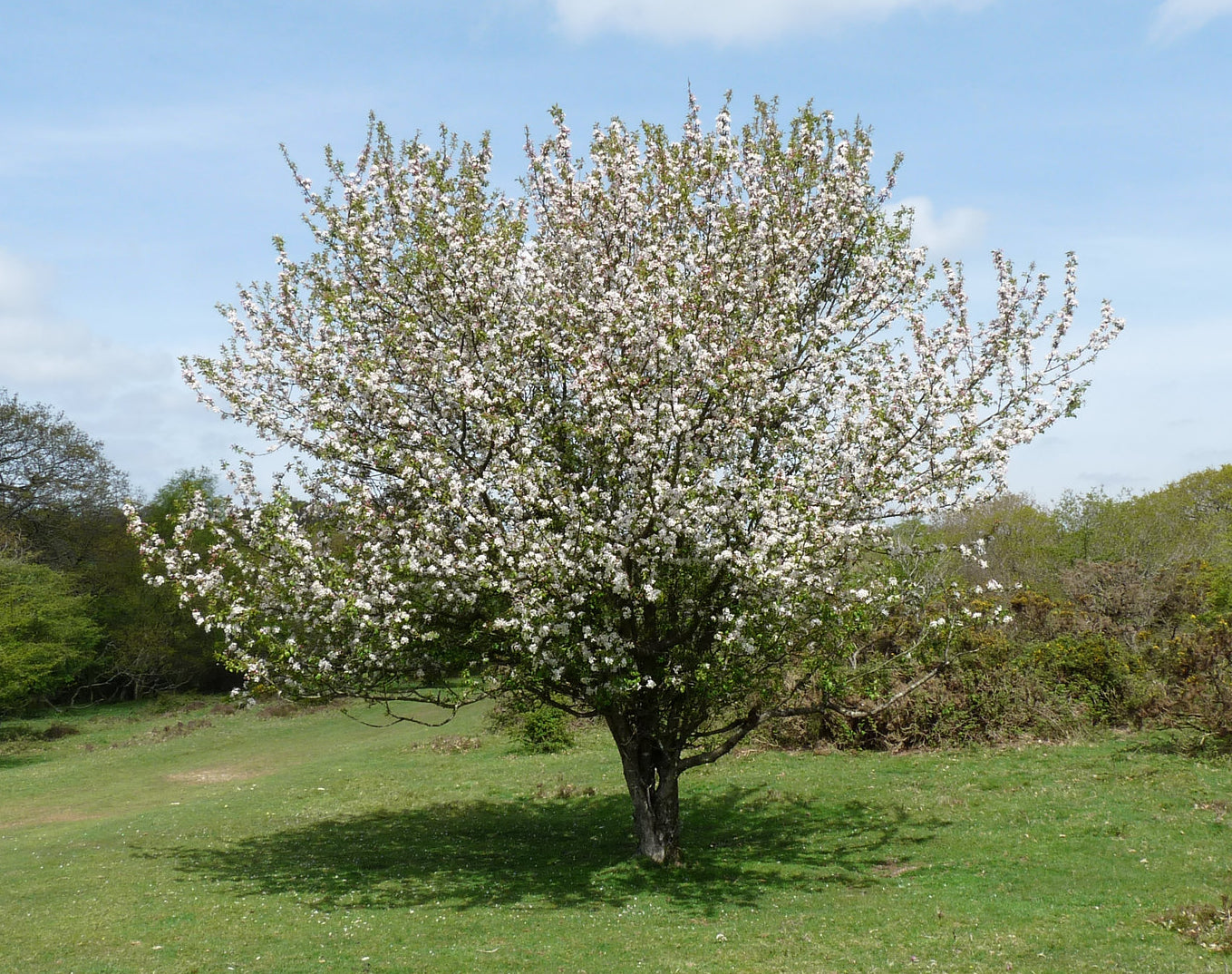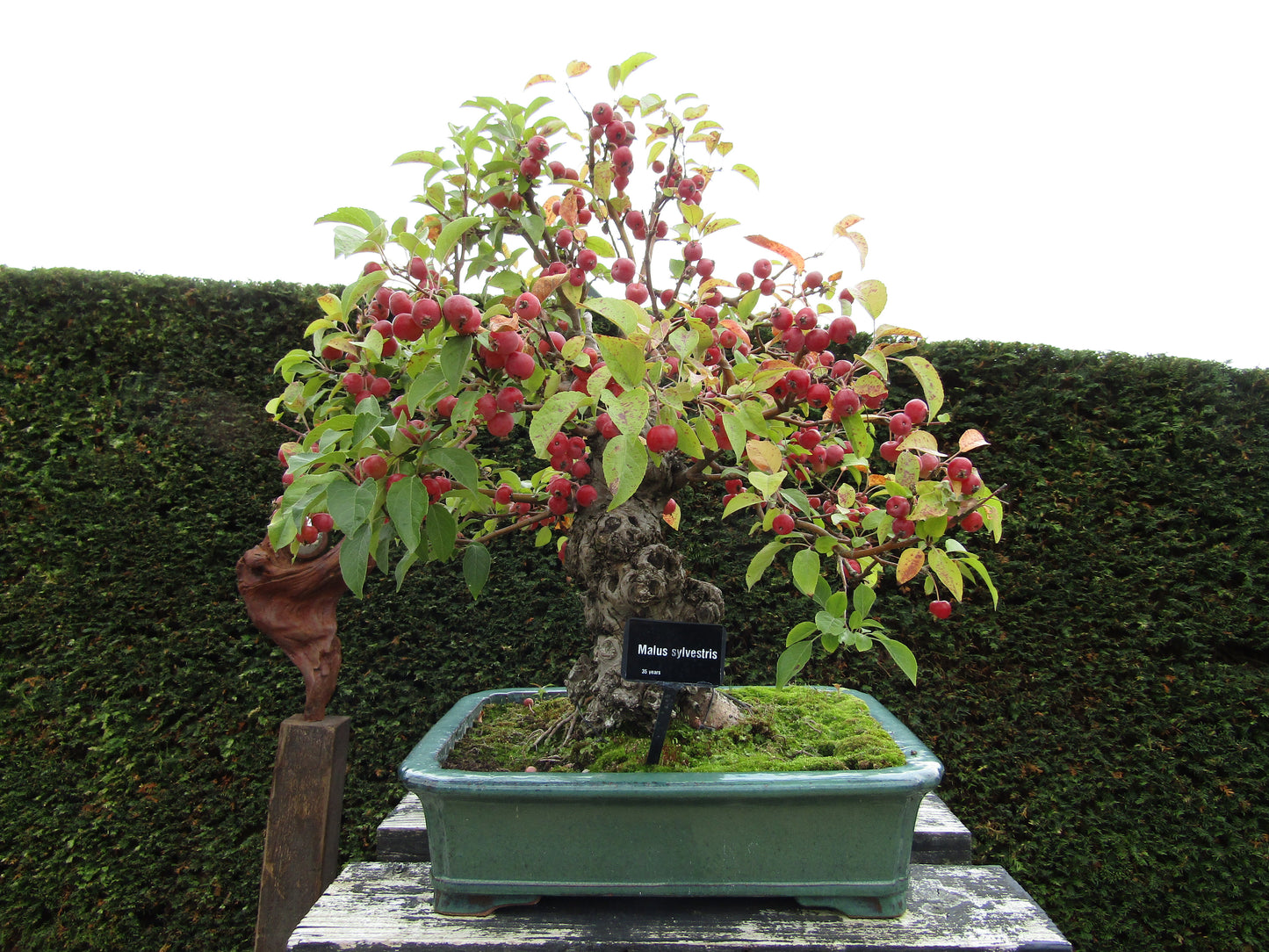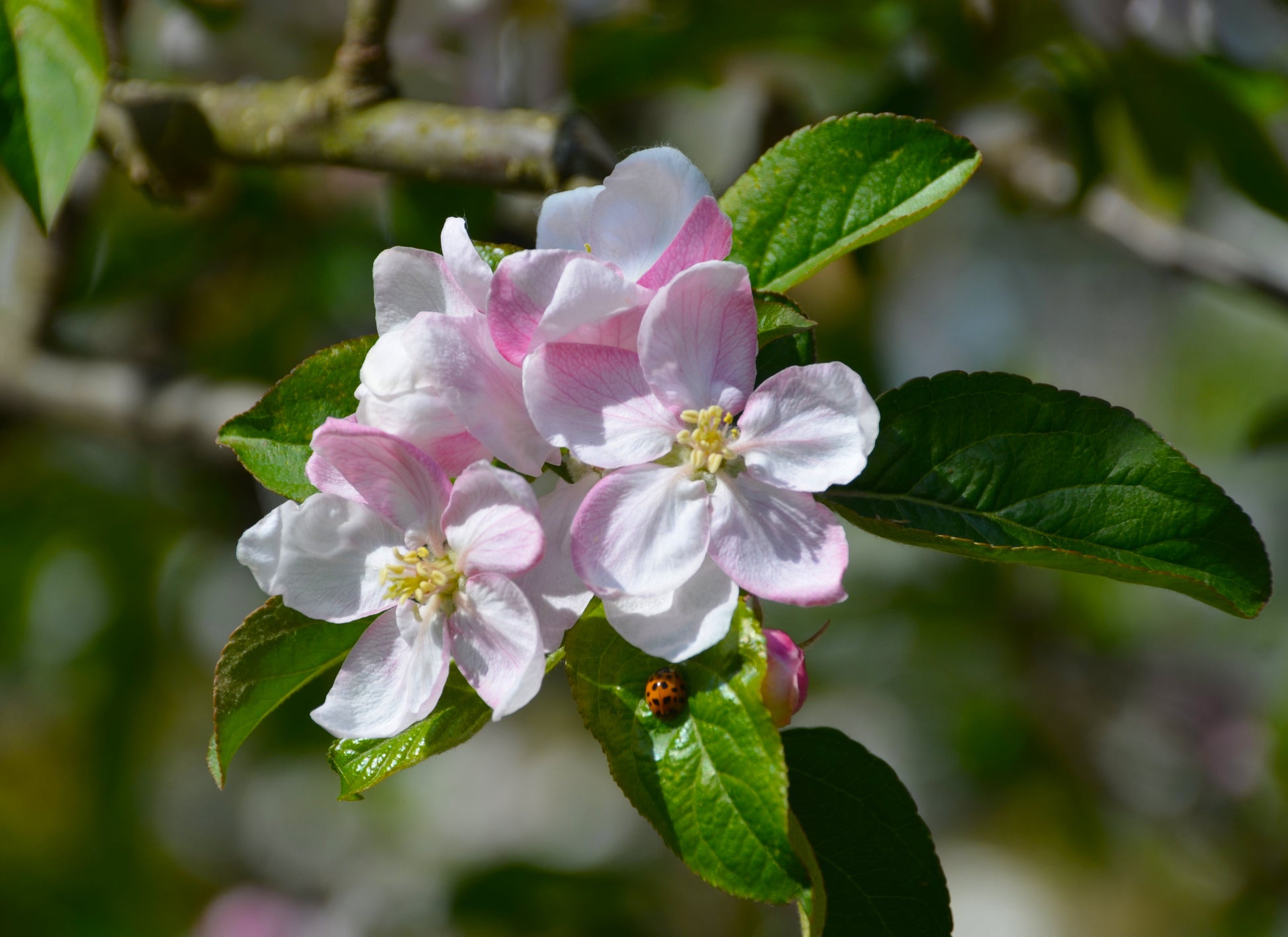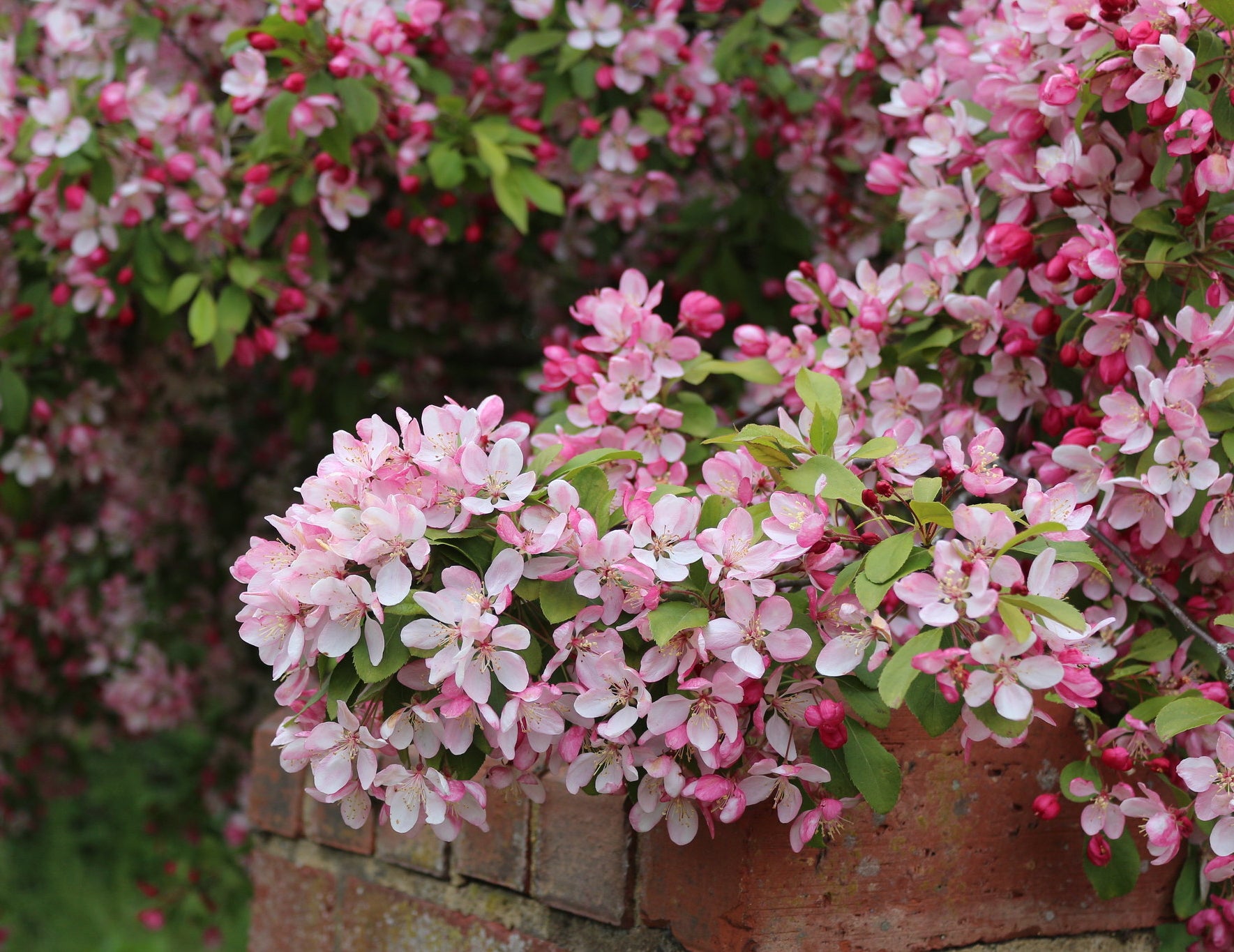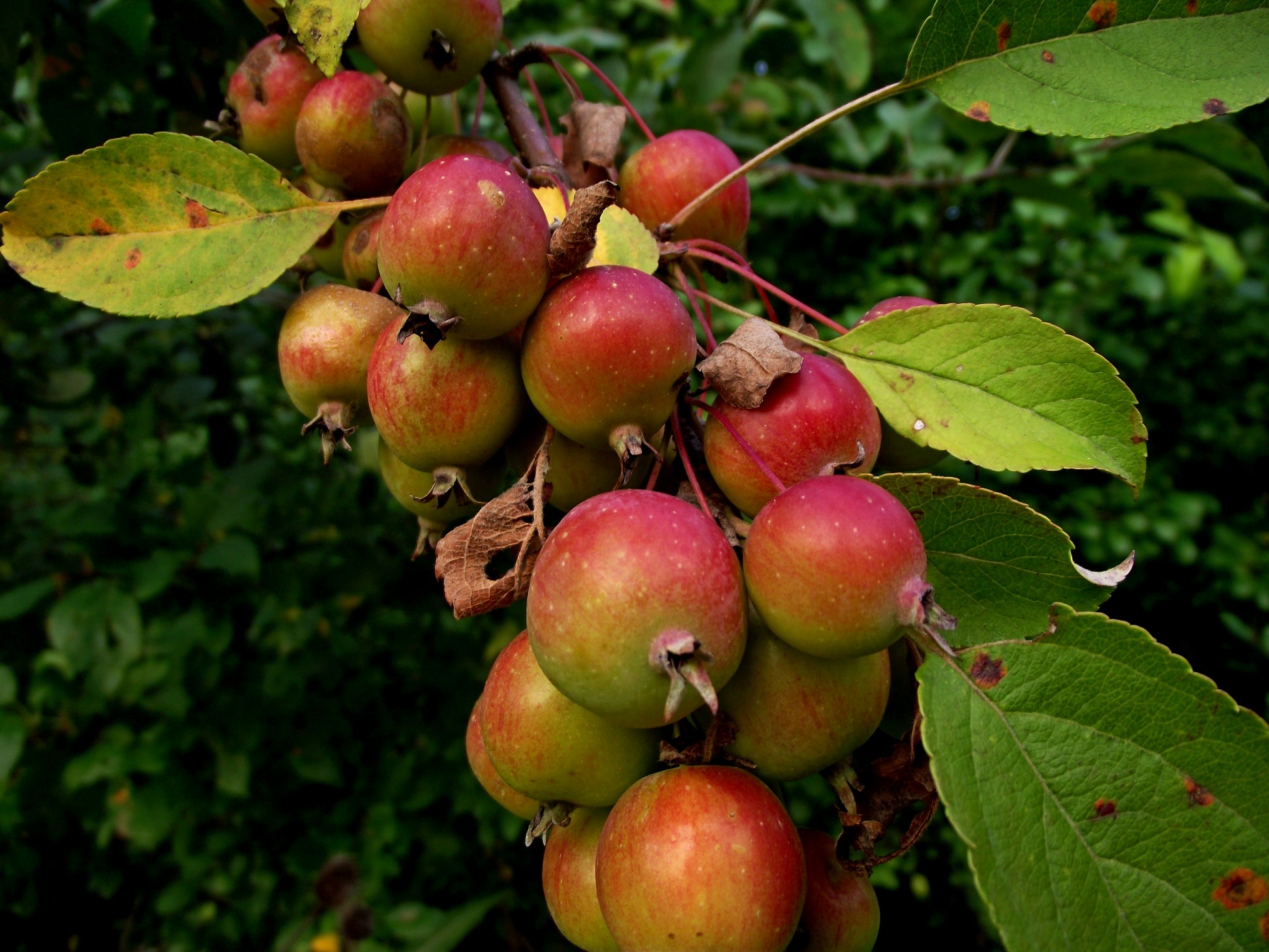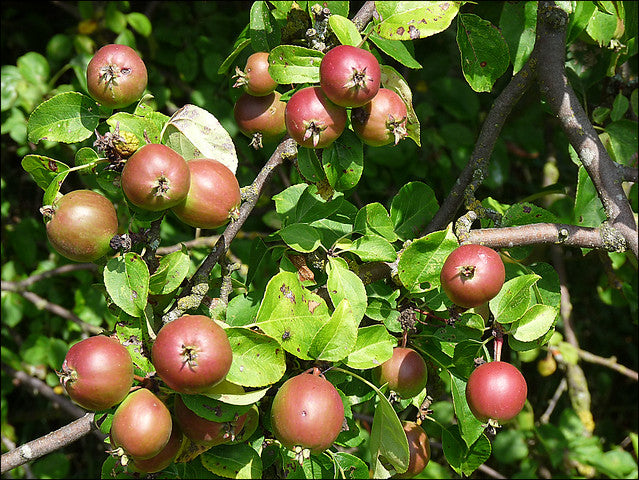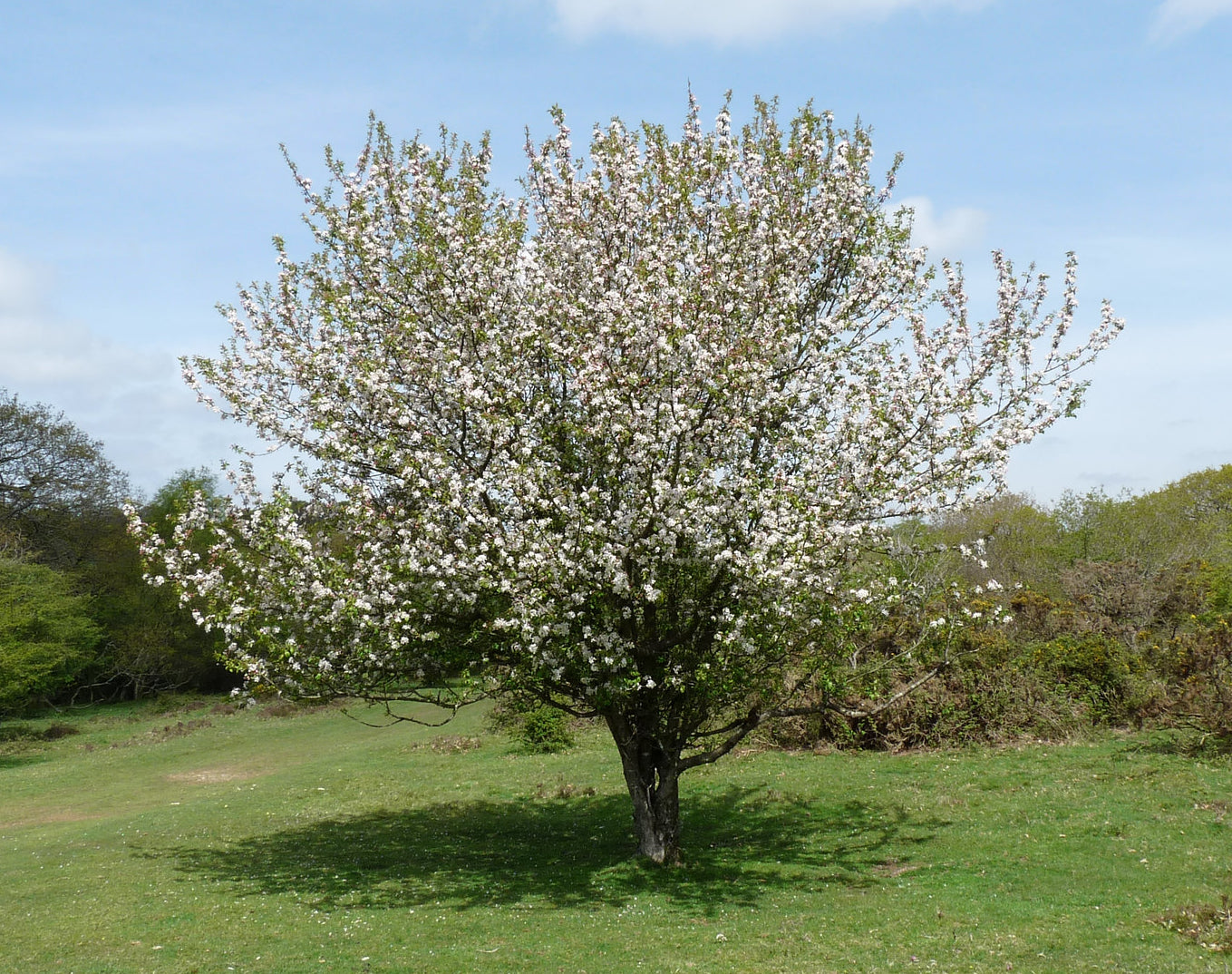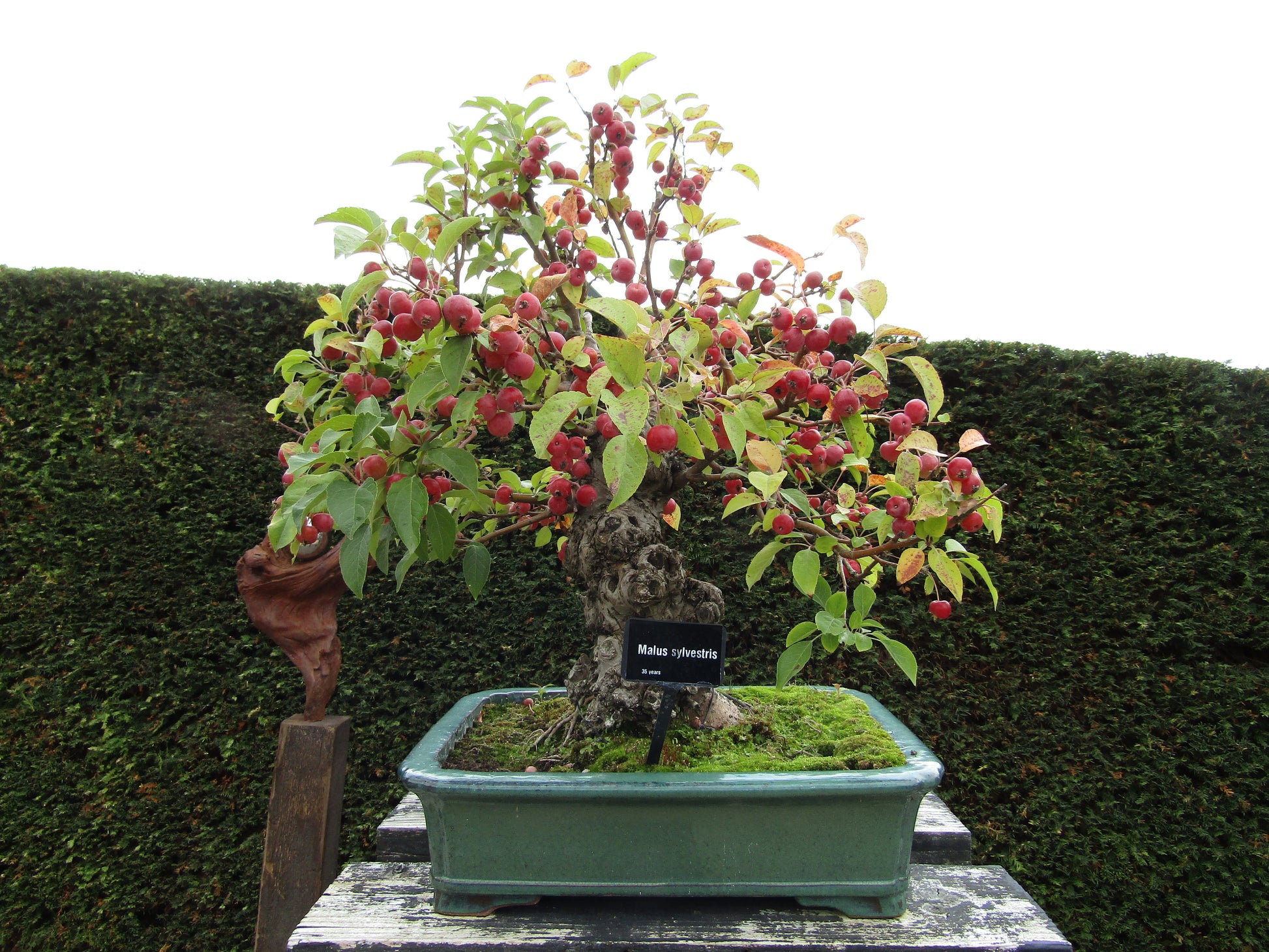Floridaseeds
European Crab Apple Malus sylvestris 10 Seeds
European Crab Apple Malus sylvestris 10 Seeds
Couldn't load pickup availability
Malus sylvestris, commonly known as the European crab apple, is a species of apple tree native to Europe, North Africa, and Western Asia. It's a deciduous tree that typically reaches heights of 5 to 12 meters (16 to 39 feet). The leaves are oval-shaped with serrated edges, and the tree produces pink or white flowers in spring, followed by small, sour fruit that ripens in autumn.
In addition to its ecological importance as a habitat for various species of wildlife, Malus sylvestris has historical and cultural significance. It's believed to be one of the ancestors of the cultivated apple (Malus domestica) and has been used for various purposes throughout history. The fruit, although not typically consumed fresh due to its sourness, has been used for making cider, preserves, and vinegar. The wood of the tree has also been used for crafting tool handles and small wooden items.
Malus sylvestris is also valued for its ornamental qualities, particularly its profusion of spring blossoms, which attract pollinators such as bees and butterflies. Additionally, efforts are underway to conserve and preserve wild populations of Malus sylvestris due to habitat loss and other threats to its survival. Hardy in zones 4-8.
Materials
Materials
Shipping & Returns
Shipping & Returns
Dimensions
Dimensions
Care Instructions
Care Instructions
Share
